Canadian Teen Fernandez stuns Osaka to reach last 16 at US Open
Issued on: 04/09/2021 -

Canada's Leylah Fernandez celebrates after beating defending champion Naomi Osaka in the third round of the US Open Ed JONES AFP
New York (AFP)
Canadian teen Leylah Fernandez never stopped believing she could beat Naomi Osaka, not even when the four-time Grand Slam champion was serving for the match, and her determination was rewarded.
Three days before her 19th birthday, the 73rd-ranked daughter of an Ecuadoran father and Filipino-Canadian mother battled back to deliver a stunning 5-7, 7-6 (7/2), 6-4 upset of the world number three from Japan.
"From a very young age, I knew I was able to beat anyone who is in front of me," Fernandez said. "I've always had that belief. I've always tried to use that in every match.
"I guess today that belief came true."
Fernandez, coached by her dad, solved Osaka's serve in the 12th game of the second set as the defending champion was serving for the match.
Instead, Fernandez broke to force a tie-breaker, the rolled to a 5-0 lead while Osaka was slamming her racquet to the court in frustration.
"I was very happy how I played in the first set. In the break I was telling myself to stay positive, keep fighting. 'I'm there. I'm close,'" Fernandez said.
"In the second set, I guess on the very last game I found the solution to the problem of returning her serve. I'm glad I found it."
Fernandez said it was a matter of finding the proper position to deal with Osaka's first serve, which landed 63% of the time to 80% for Fernandez.
"I was trying to find different looks," Fernandez said. "I started off really far from the line. Then I was just edging closer and closer. Finally I found a pattern to her serve. I just trusted my gut and hit the ball.
"From then on I was just fighting, using the crowd's energy, putting the ball back in as much as I can, just be offensive and go for my shots."
More than even her first WTA title in March at Monterrey, the victory over Osaka has brought Fernandez faith in what she's doing.
"It gives me a lot of confidence," she said. "It shows my game is improving and it's there in the top. I was able to beat a very great, amazing player.
"I don't know why finally my game is clicking. The past few months, even after Monterrey, I've been working hard, training super well. My coach, my dad, is saying be patient, have confidence in your game, it will show in matches. I'm glad it finally did."
Osaka, who said after the loss she was taking a break from tennis, has played an inspirational role for Fernandez.
"Naomi is a great person, a great player. She has done so many good things on tour," Fernandez said.
"Just seeing her and learning from her game has helped me shape who I am right now. She's a great example for anybody that's on tour and all the little girls in the world.
"I'm just glad I had the opportunity to play against her and show everyone that I'm also able to compete against the best players up there."
© 2021 AFP
Tearful Naomi Osaka questions future after US Open loss to Leylah Fernandez
Osaka says she will take a break ‘for a while’ after stunning loss
Fernandez earns career-best 5-7, 6-7 (2), 6-4 win in third round

‘I feel very sad’: Naomi Osaka was emotional after her upset US Open third-round loss to unseeded Canadian Leylah Annie Fernandez.
Photograph: TPN/Getty Images
Bryan Armen Graham at Flushing Meadows
@bryanagraham
Sat 4 Sep 2021
Naomi Osaka’s defense of her US Open championship is in tatters and her immediate future on the women’s professional tennis tour in doubt after a shocking third-round defeat to the unseeded Leylah Annie Fernandez, a Canadian teenager ranked 74th in the world.
The third-seeded Osaka, a four-time major champion and the best hard-court player in the world by some distance, lost her composure while serving for the match, came apart during the ensuing tiebreaker and couldn’t right the ship in the third during a 5-7, 6-7 (2), 6-4 loss in 2hr 4min on Friday night.
“I feel like for me recently, like, when I win I don’t feel happy,” Osaka said afterward in an emotional session with the media. “I feel more like a relief. And then when I lose, I feel very sad. I don’t think that’s normal. I didn’t really want to cry, but basically I feel like … ”
At that point the moderator intervened to end the press conference before Osaka insisted on finishing her response while attempting to hold back tears.
“Basically I feel like I’m kind of at this point where I’m trying to figure out what I want to do, and I honestly don’t know when I’m going to play my next tennis match,” Osaka continued. “But I think I’m going to take a break from playing for a while.”
Earlier amid a crackling atmosphere inside Arthur Ashe Stadium, the typically ice-cold Osaka had uncharacteristically hurled her racket to the court on two straight points while dropping the first five of a second-set tiebreaker, drawing rare boos for one of the tournament’s best liked players since her breakthrough win over Serena Williams in the 2018 US Open final.
After leaving the court with a white towel draped over her head between sets without informing chair umpire Alison Hughes, Osaka was promptly broken on her serve to open the third, then received a code violation for firing a ball into the stands as Fernandez consolidated the break for 2-0. The rollicking near-capacity crowd in the world’s biggest tennis stadium didn’t so much turn against Osaka as throw itself behind the 18-year-old underdog, who proceeded to breeze through one confident service game after another.
“In the second set I guess on the very last game I found the solution to the problem of returning her serve,” Fernandez said. “I’m glad that I found it. From then on I was just fighting, using the crowd’s energy, putting the ball back in as much as I can, just be offensive and go for my shots.”

Leylah Annie Fernandez celebrates her win.
Photograph: Geoff Burke/USA Today Sports
Osaka, the reigning US Open and Australian Open champion who entered Friday’s prime-time match on a run of 16 straight wins at the major tournaments after skipping Roland Garros and Wimbledon, struggled to get on top of the rallies in her return games as Fernandez coaxed errors out of her imploding foe and coolly served her way to the finish line and her first ever win at a grand slam against an opponent ranked in the top 20.
The Montreal-born Fernandez, who turns 19 on Monday and is one of only two teenagers remaining in the women’s draw, absorbed Osaka’s pace extremely well in the championship rounds and punctuated each big point with animated fist-pumps to her box and appeals to the Ashe masses for more noise. The unsung teenager, who captured her first and only WTA title earlier this year in Monterrey, advances to a fourth-round match with Angelique Kerber, the two-time major champion who broke her grand slam maiden at Flushing Meadows five years ago.
“I wasn’t really focused on Naomi,” Fernandez said. “I was only focused on myself, my game, what I needed to do. Having the crowd there supporting me and backing me up after every point, it’s amazing. It gave me the energy to keep fighting, to keep working and keep running for those balls that she hit.
“I was just glad that I was able to put on a show for everyone that came to watch.”
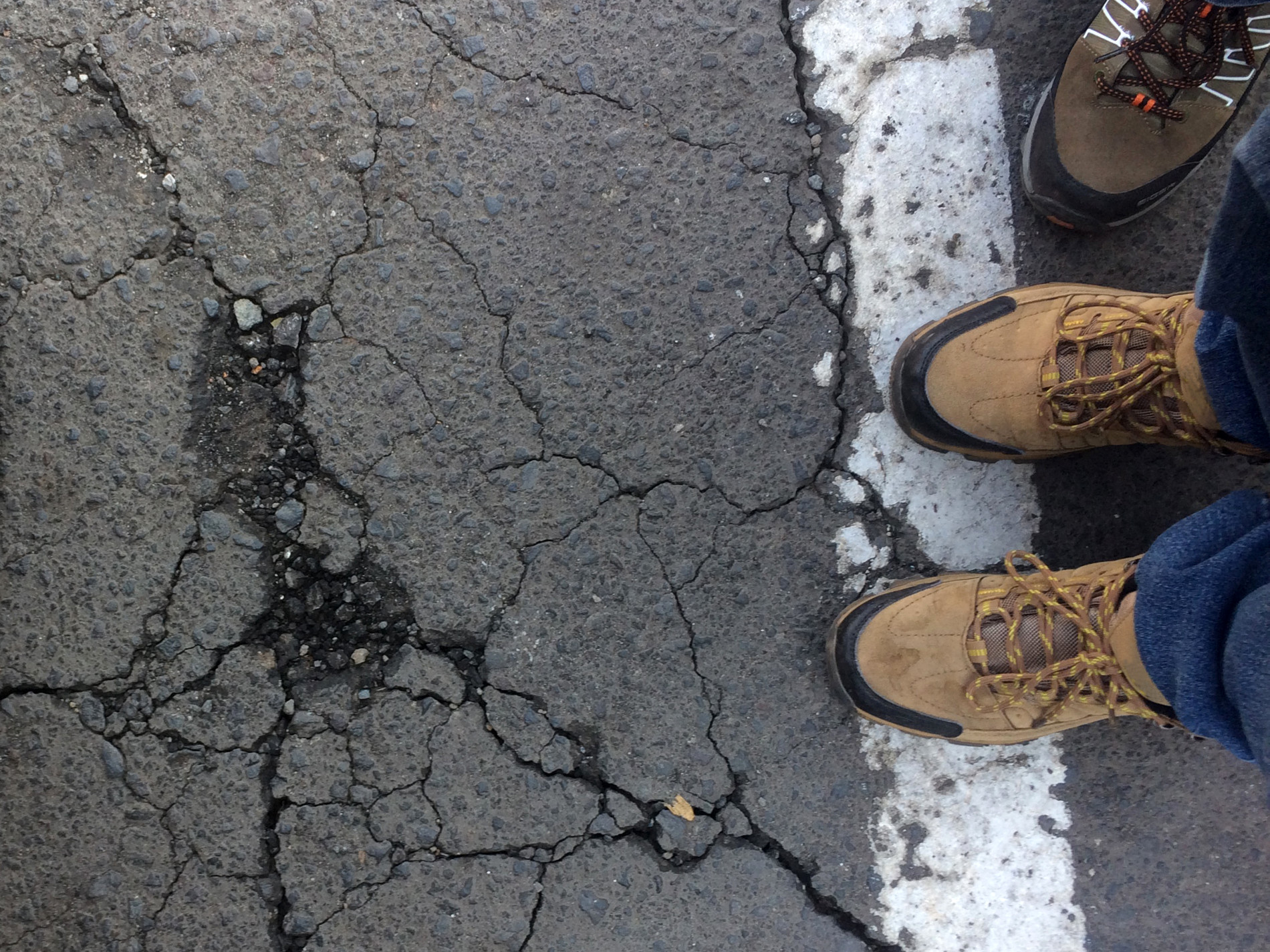 Cracked soil due to earthquakes in Palu, Central Sulawesi, Indonesia. (Fajrul Islam. Moment. Getty Images)
Cracked soil due to earthquakes in Palu, Central Sulawesi, Indonesia. (Fajrul Islam. Moment. Getty Images) Restoration under way in the laboratory of Arles museum, the town where the House of the Harpist was discovered.
Restoration under way in the laboratory of Arles museum, the town where the House of the Harpist was discovered. 
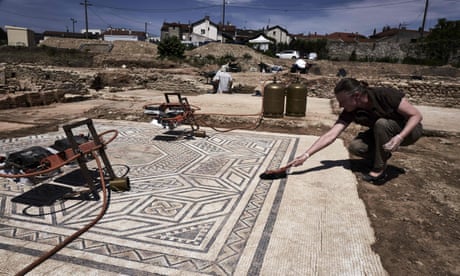
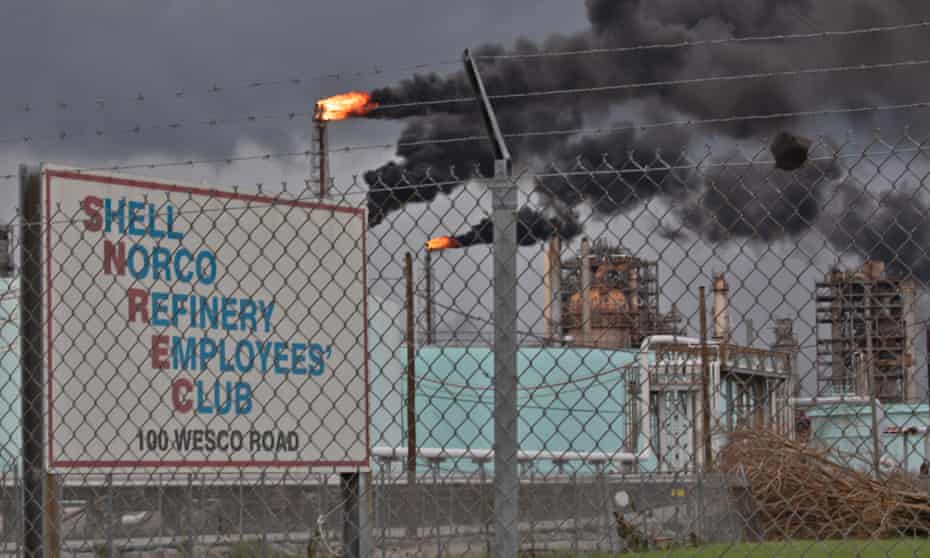

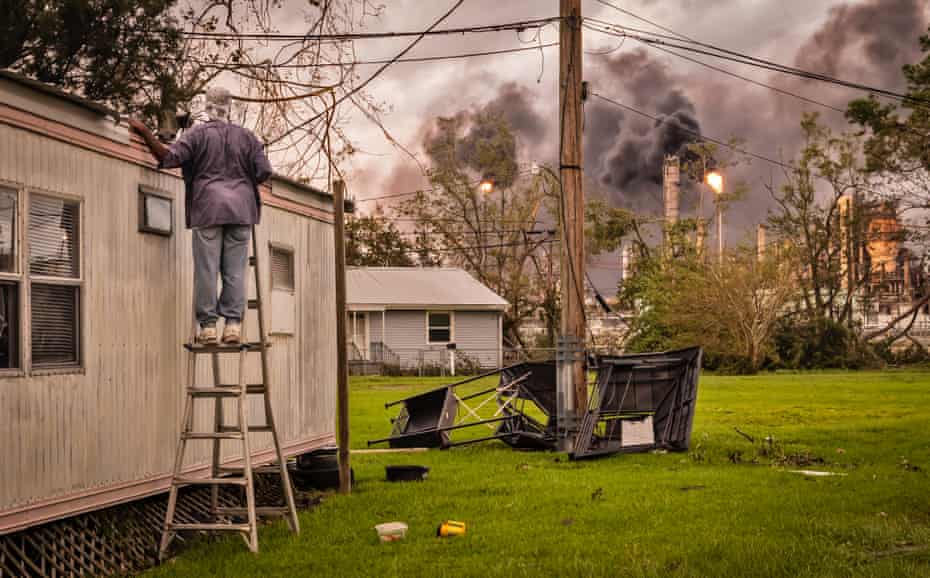

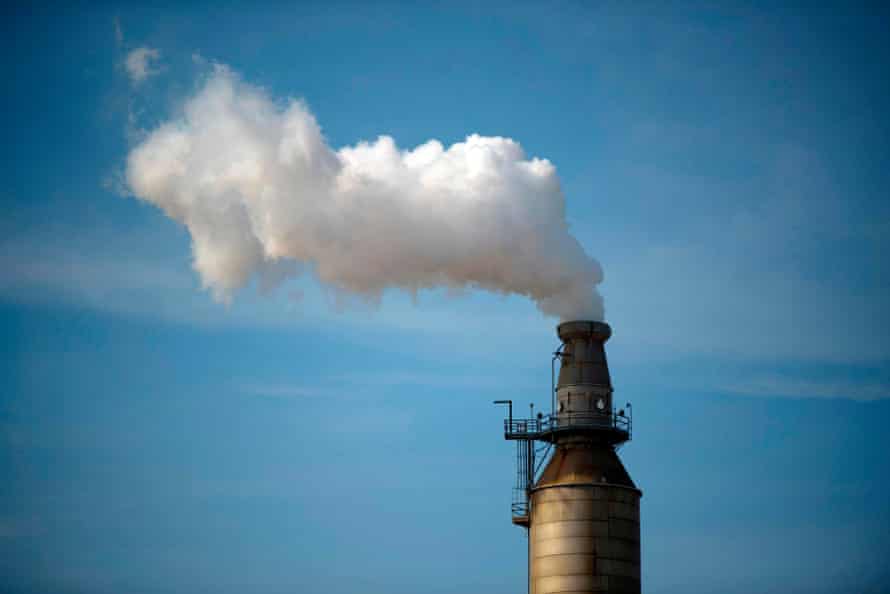
.png)













